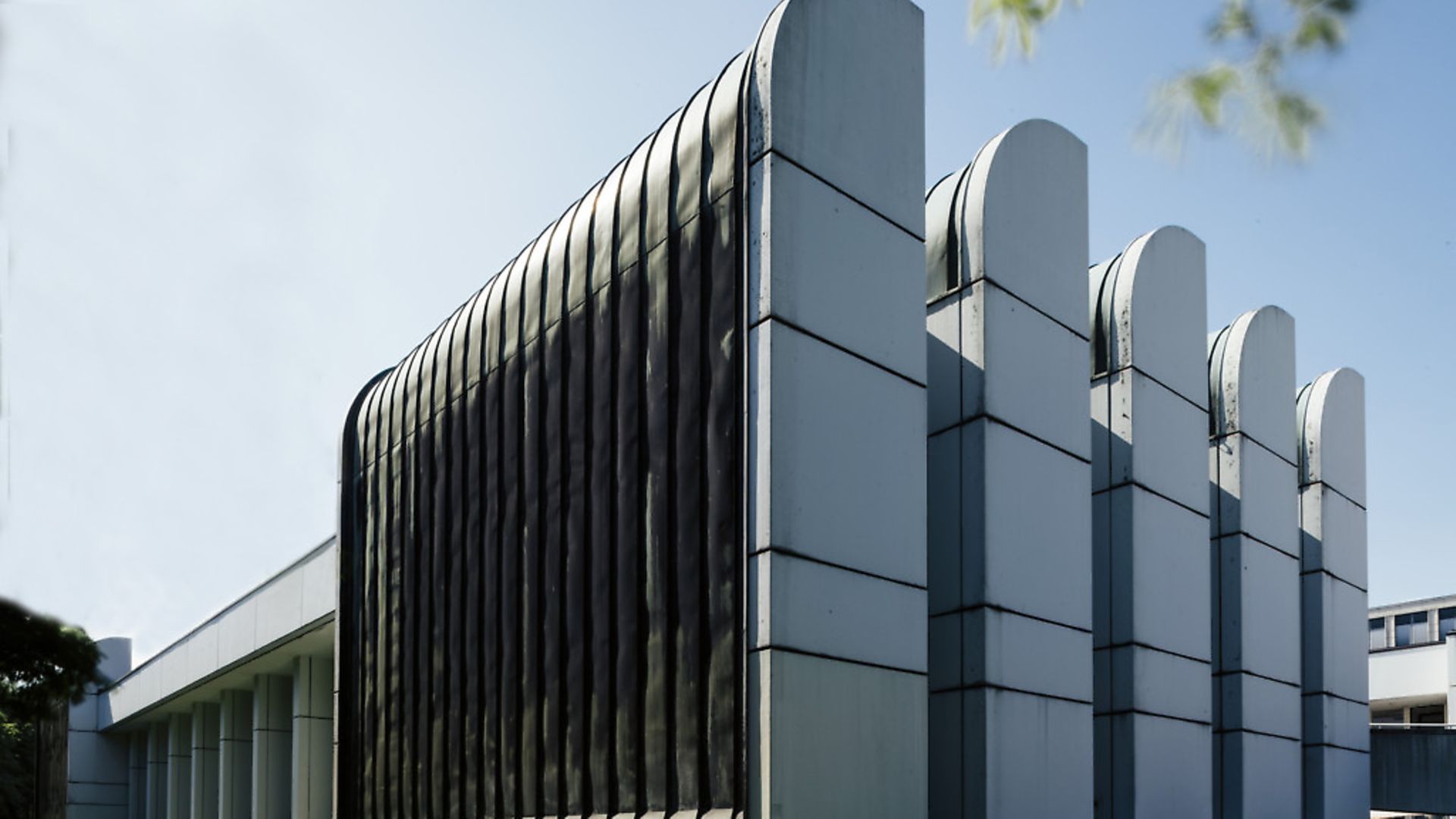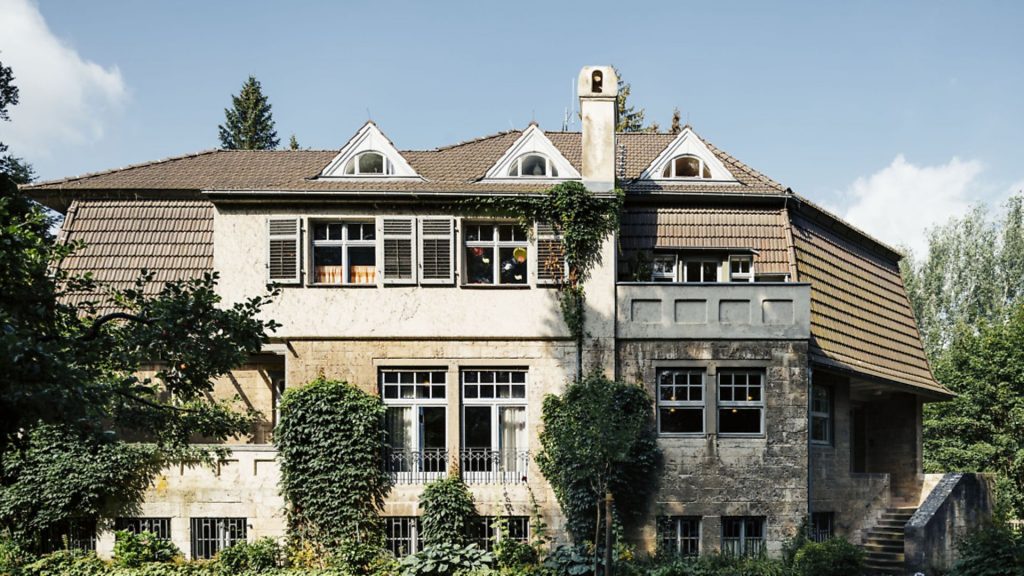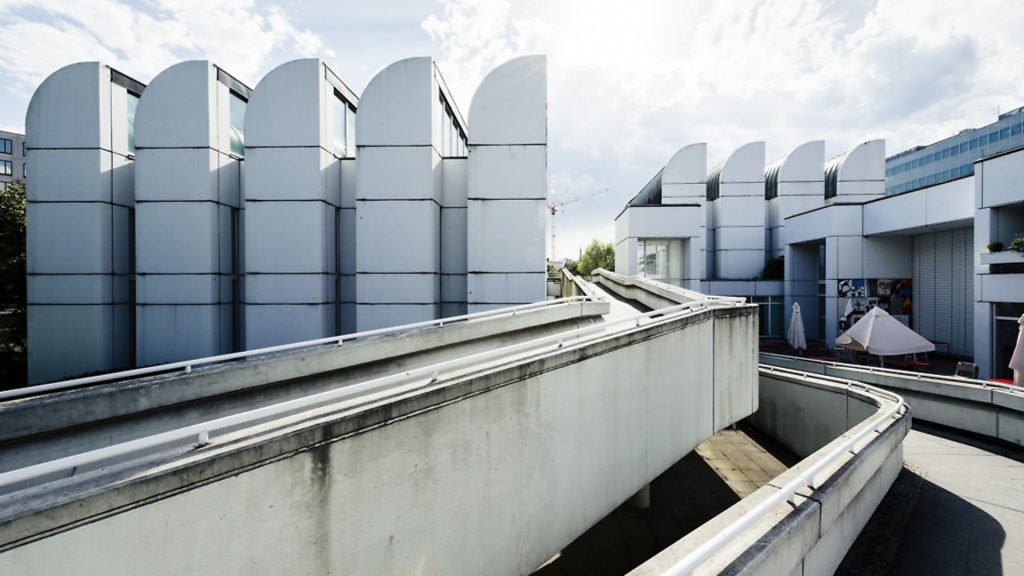
Ahead of its centenary year DANIEL PEMBREY travels to Germany to tour its key locations.

The Bauhaus school of design, which celebrates its centenary in 2019, has an ambiguous reputation these days. Its design principles – form follows function; less is more – are associated with everything from statement skyscrapers and £5,000 Mies van der Rohe Barcelona chairs to ubiquitous Ikea furniture and iPhones. But if Apple’s Jony Ive is a big Bauhaus admirer, others have held more mixed feelings about its legacy. Tom Wolfe, in his polemic From Bauhaus to Our House, poked fun at the ‘German worker housing’ that had taken over America.
But what did the founding Bauhäusler (Bauhaus people) set out to achieve, and what is the right way to think about their influence now? Travelling back in time, through Germany, provides answers.

The school had a short but brilliant life between the two world wars as the modern age took hold. After Mies van der Rohe (the school’s last director) failed to keep it going under the Nazis, he and other members fled to different countries. In Belsize Park, London, an England Heritage plaque on the ocean liner-like Isokon apartment building records that three other renowned Bauhaus masters – Walter Gropius, Marcel Breuer and László Moholy-Nagy – lived there during the 1930s before travelling on to the US. The Nazis’ determination that the Bauhaus was un-German only hastened its international spread.
The last location of the school, in Berlin-Steglitz on the outskirts of the German capital, has long since been demolished. Only a plaque marks the spot of the school’s troubled time at Birkbuschstraße 49 between 1932 and 1933. But Berlin remains the right place to start any Bauhaus trail. Almost all the key Bauhaus players had strong links to the city, which offered them clients, professional partners and unparalleled avant-garde culture prior to 1933.
The city will host a slew of centenary events in 2019 aimed at everyone from subject matter experts to those new to the Bauhaus.
Alongside these celebrations are permanent landmarks that, in rare cases, managed to survive the Second World War intact.
Others have been substantially rebuilt, as is the case with the Ellington Hotel (1928-31) on Nürnberger Straße in the Zoo district. It is a study in the Bauhaus-related New Objectivity style with its elegant stone frontage and ribbons of rectilinear window frames. As the Femina Palast, its dancefloor was one of the hottest tickets in town. Though badly damaged during the Second World War, the building retains some of the wall tiles and other original features inside.
Nearby is an array of buildings that reveal the thrilling new possibilities created a century ago in the realms of mobility, leisure and industry. Opened in 1930, the Kant Garagenpalast multi-storey car park on Kantstraße sought to house the city’s fast-growing volume of vehicles. It featured an innovative double helix structure of concrete ramps that managed to survive the Second World War. Sadly now boarded up and hidden behind scaffolding, this listed building should at least continue to be spared demolition today.
Remaining very much alive however is the nearby Schaubühne Theatre complex (1928), Erich Mendelsohn’s masterful, integrated housing and leisure project.
Originally a cinema (and perhaps the first Modernist one built anywhere), its curved frontage on Kurfürstendamm influenced many a Streamline Moderne picture house in the 1930s. Bombed and rebuilt, it now offers political and experimental theatre under renowned stage director Thomas Ostermeier.
Perhaps the most influential building in the area is Peter Behrens’s AEG Turbine Factory (1909) on the other side of the Tiergarten park. A temple to industry and energy, its repeating glass and concrete form extends several hundred metres back from the relatively narrow, austere Huttenstraße façade. ‘When we race at high speed through the metropolis, we can no longer see the details of buildings,’ warned Behrens. But Behrens was also a founding member of the Deutscher Werkbund (German designers’ association), which was concerned with integrating craft with industry.
While Behrens’ work with AEG was wide-ranging – he effectively designed the company’s identity – this turbine temple stands out as a 3D manifesto for the evolving alliance between art, technology and industrial production.
Less than two hour’s drive from Berlin is Dessau, the Silicon Valley of the 1920s. Between 1925 and 1932, the school occupied the fiercely original Bauhaus building near Dessau’s main train station. Gropius, then leader of the school, designed the building with its celebrated glass skin; it would have been additionally striking in 1925-6 for being surrounded by largely open land.
Dessau was home to Junkers, the aircraft manufacturer later appropriated by the Nazis. Junkers helped Breuer to develop his instantly recognisable tubular steel furniture. But the interdisciplinary nature of the school went far beyond such partnerships, to encompass everything from chemistry to psychology, large-scale business operations and urban planning. The school’s interests in labour unions, affordable housing and socialism soon caused problems with local politicians and ultimately led to it being accused of cultural Bolshevism. Before long, the Bauhaus was gone and Dessau was manufacturing Zyklon B gas, for new uses. The city subsequently became part of the GDR.
It’s hard to comprehend such developments when you stroll among the Master Houses, 10 minutes on foot from the main building. Here, faculty leaders such as Gropius and Moholy-Nagy lived among the pine trees. A 20-minute walk further on brings you to Carl Fieger’s gracefully curved Kornhaus Café on the River Elbe, which was spared from Second World War bombs.
Back at the main Bauhaus building, it is possible to stay in the original accommodation. The rooms feel monastic now with their concrete floors, plain worktables and Anglepoise-like lamps. However it is also possible to imagine young, daring figures such as painter, photographer and designer Marianne Brandt, creating, dreaming – the future hurtling towards her, and them.
Starkly lit black and white photos show these students larking around on the east-facing balconies – or perhaps undertaking avant-garde performances, with the school decisively favouring experimental freedom over the lecture hall.
The students referred to this accommodation wing as the Preller House, a holdover from their time in Weimar – the cradle of the Bauhaus. This ancient city is two hours’ drive further south from Dessau. Its Hotel Elephant, just refurbished, is organised around a beautifully furnished Lichtsaal or ‘light hall’ that shows a reverence for arts and crafts.
It is reflective of crucial developments in this vibrant university city, notably at the nearby Bauhaus University, Weimar, where Gropius set about integrating the Fine Arts Academy and the Arts and Crafts School, creating the Bauhaus in 1919. Previously the two art schools had functioned entirely separately in adjacent buildings, both designed by a key local figure, Henry van de Velde, whom Gropius had met via the Deutscher Werkbund.
A Belgian and an internationalist, Van de Velde was not a fan of product standardisation, but he was intensely concerned with functionality – the notion that anything that’s useful in all its details was, by definition, beautiful. His own house, Hohe Pappeln (Tall Poplars), is a holistic arts and crafts masterpiece, two kilometres to the south.
The Bauhaus was born out of a desire to integrate – to attain the ideal of Gesamtkunstwerk or ‘total work of art’, with a profoundly internationalist outlook. ‘Total work of art’ soon became total war, but the Bauhaus’s conviction that narrow perspectives do not provide the answers in our highly-connected modern world only proved more relevant as 20th century events unfolded. For this reason alone, we should toast these Bauhäusler in their centenary year.
For more information visit: https://www.bauhaus100.de/en/









